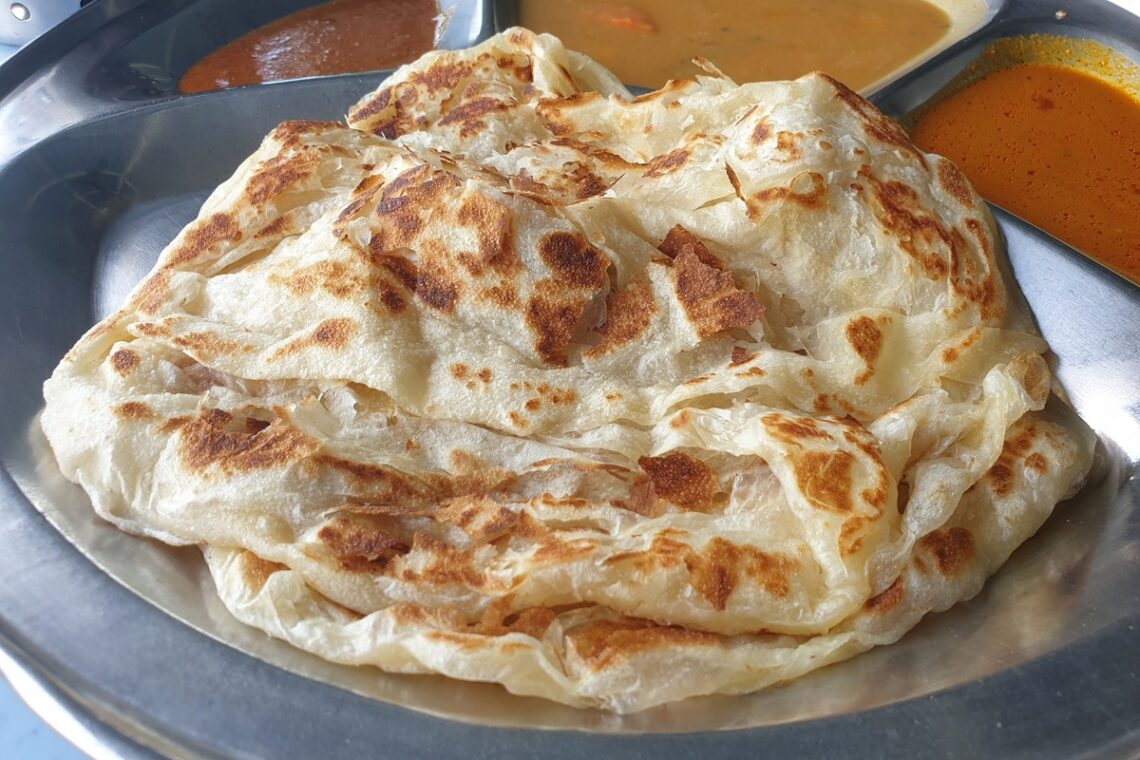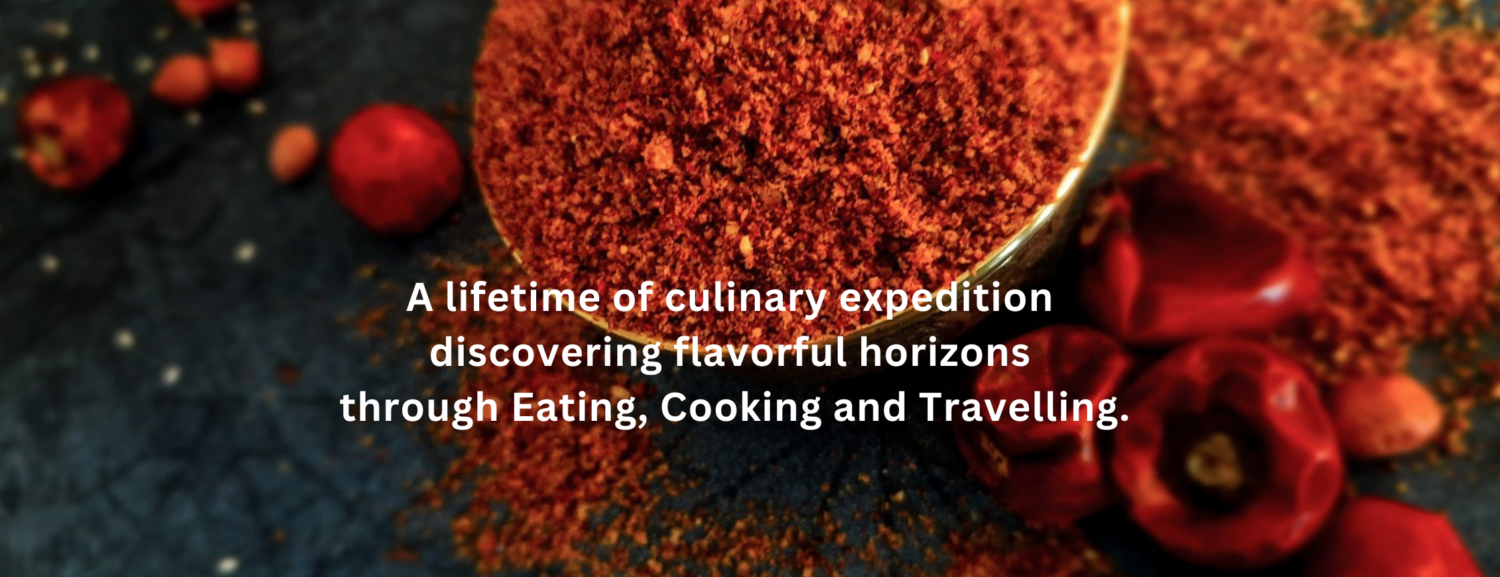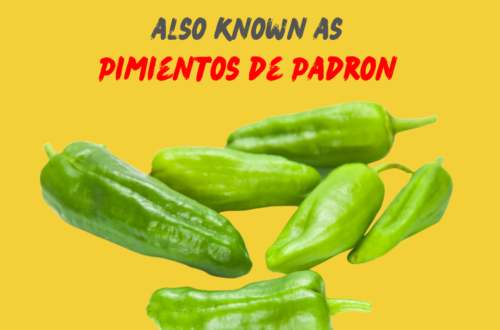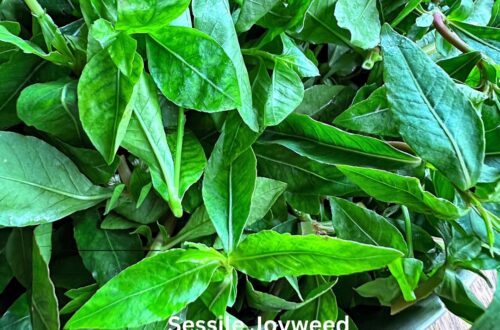
Fat in Roti Prata?
Continuing my post on Roti Prata, making this beloved dish without any fat is quite challenging! Many of us adore prata but hesitate to indulge due to concerns about the fat used, often topped off with more splashes of fat on the griddle.
In the 1960s and 1970s, I witnessed roti prata shops using large cans of Vanaspati ghee. What is Vanaspati ghee, you ask? It’s a hydrogenated vegetable oil commonly used in baking and pastry making. It contributes a lighter, flakier texture to pastries, offering a desirable mouthfeel. Additionally, it boasts a longer shelf life compared to traditional butter, making it favorable for baked goods that need extended storage, and it’s generally less expensive than butter.
While its flavor differs from butter, Vanaspati ghee can enhance overall taste when used correctly and withstands high baking temperatures, beneficial for certain recipes. Its smooth consistency allows for easier incorporation into dough, contributing to the flaky texture characteristic of roti prata. The fat creates distinct layers in the dough during rolling and folding. Its thermal stability makes it ideal for achieving a crispy exterior when frying prata.
Nowadays, however, roti prata vendors rarely use Vanaspati ghee, opting for ghee or neutral oils like canola and sunflower oil, which have higher smoke points. Palm oil is also popular, imparting a distinct flavor.
At home, I prefer butter when making roti prata, although I’ve tried olive oil. Despite my healthier homemade version, I often hear comments like, “It’s not like the shop’s!” Personally, I enjoy knowing that I can indulge in three pieces at home, using less butter than I would with two slices of toast! I am a butter fan you know?
#chefdevagisanmugam #rotiprata #nationaldish #singaporefood #hawkerfood #streetfood #sghawker #sgfoodie #visitsingapore #singaporeeats







